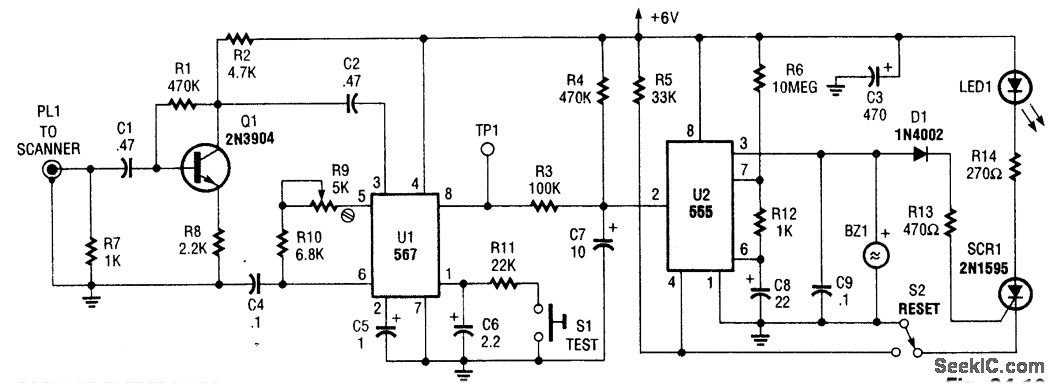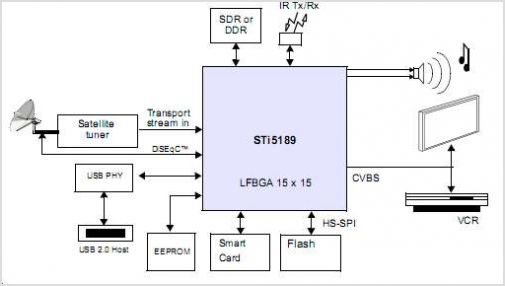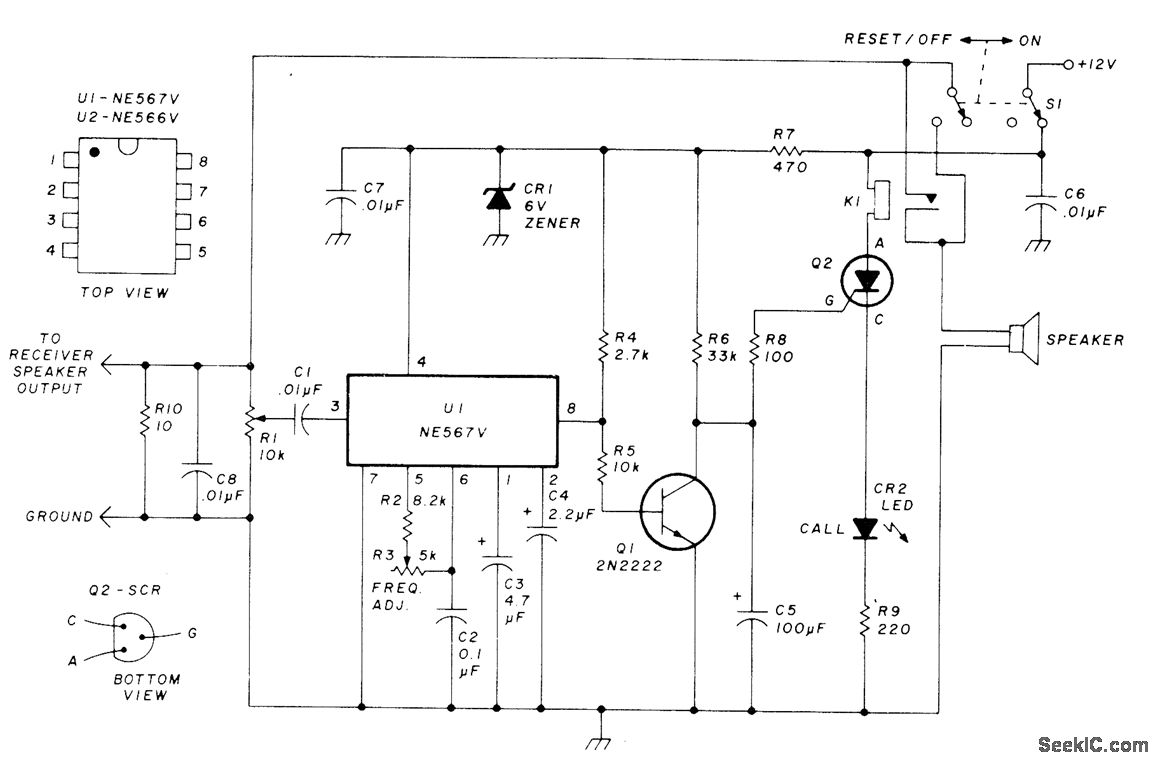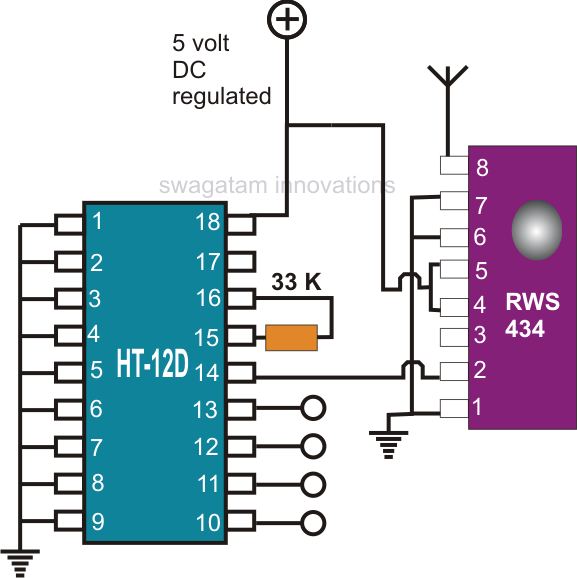
NOAA WEATHER ALERT DECODER

This circuit detects the 1050 Hz tone transmitted by NOAA (National Oceanic and Atmospheric Administration) Weather radio stations that operate within the frequency range of 162.40 to 162.55 MHz. The tone lasts for several seconds. Q1 serves as an amplifier that feeds the tone detector U1, which is an NE567 integrated circuit that identifies the tone and generates a low signal on pin 8. This signal is then connected to a 555 timer (U3), which outputs a high signal on pin 3, activating BZ1 (a buzzer), triggering SCR1, and illuminating an LED. S2 is utilized to reset the circuit.
The circuit is designed to monitor specific weather radio frequencies and respond to emergency alerts by detecting a 1050 Hz tone. The NE567 tone decoder is a critical component, as it is capable of accurately identifying the frequency of the incoming signal. When the tone is detected, the NE567 outputs a low signal on pin 8, indicating the presence of the 1050 Hz tone.
The output from the NE567 is fed into the 555 timer configured in monostable mode. The 555 timer is set up to produce a high output on pin 3 for a predetermined duration, which can be adjusted by changing the resistor and capacitor values connected to the timer. This high output activates the buzzer (BZ1) to emit an audible alert, while simultaneously triggering SCR1, which can be used to control a larger load or additional signaling devices.
The inclusion of the LED provides a visual indication that the alert has been triggered, enhancing the circuit's functionality by offering both auditory and visual alerts. The reset switch (S2) allows the user to clear the state of the circuit and prepare it for the next tone detection event.
Overall, this circuit is an effective solution for alerting individuals to important weather information, utilizing a combination of audio and visual signals to ensure that alerts are noticed promptly. The design can be further enhanced by incorporating additional features such as adjustable sensitivity for the tone detection or integrating with other alert systems for broader applications.This circuit detects the 1050-Hz tone sent by the NOAA (National Oceanic and Atmospheric Adminis-tration) Weather radio stations that operate from 162. 40 to 162. 55 MHz. This tone lasts for several sec-onds. Q1 is an amplifter that feeds tone detector U1, an NE567 detects this tone and produces a low on pin 8.
This is coupled to a 555 timer (U3), w hich produces a high on its pin 3, sounds BZ1, triggers SCR1, and lights the LED. S2 is used to rest the circuit. 🔗 External reference
The circuit is designed to monitor specific weather radio frequencies and respond to emergency alerts by detecting a 1050 Hz tone. The NE567 tone decoder is a critical component, as it is capable of accurately identifying the frequency of the incoming signal. When the tone is detected, the NE567 outputs a low signal on pin 8, indicating the presence of the 1050 Hz tone.
The output from the NE567 is fed into the 555 timer configured in monostable mode. The 555 timer is set up to produce a high output on pin 3 for a predetermined duration, which can be adjusted by changing the resistor and capacitor values connected to the timer. This high output activates the buzzer (BZ1) to emit an audible alert, while simultaneously triggering SCR1, which can be used to control a larger load or additional signaling devices.
The inclusion of the LED provides a visual indication that the alert has been triggered, enhancing the circuit's functionality by offering both auditory and visual alerts. The reset switch (S2) allows the user to clear the state of the circuit and prepare it for the next tone detection event.
Overall, this circuit is an effective solution for alerting individuals to important weather information, utilizing a combination of audio and visual signals to ensure that alerts are noticed promptly. The design can be further enhanced by incorporating additional features such as adjustable sensitivity for the tone detection or integrating with other alert systems for broader applications.This circuit detects the 1050-Hz tone sent by the NOAA (National Oceanic and Atmospheric Adminis-tration) Weather radio stations that operate from 162. 40 to 162. 55 MHz. This tone lasts for several sec-onds. Q1 is an amplifter that feeds tone detector U1, an NE567 detects this tone and produces a low on pin 8.
This is coupled to a 555 timer (U3), w hich produces a high on its pin 3, sounds BZ1, triggers SCR1, and lights the LED. S2 is used to rest the circuit. 🔗 External reference





